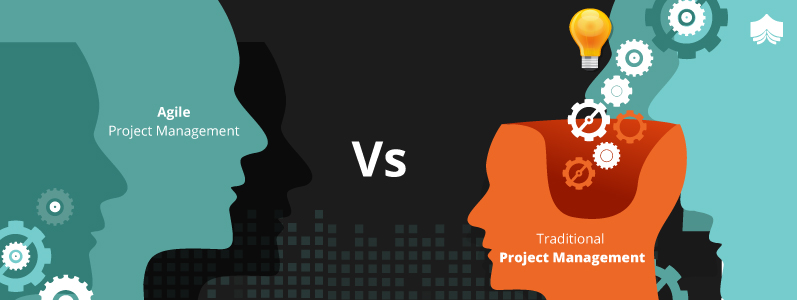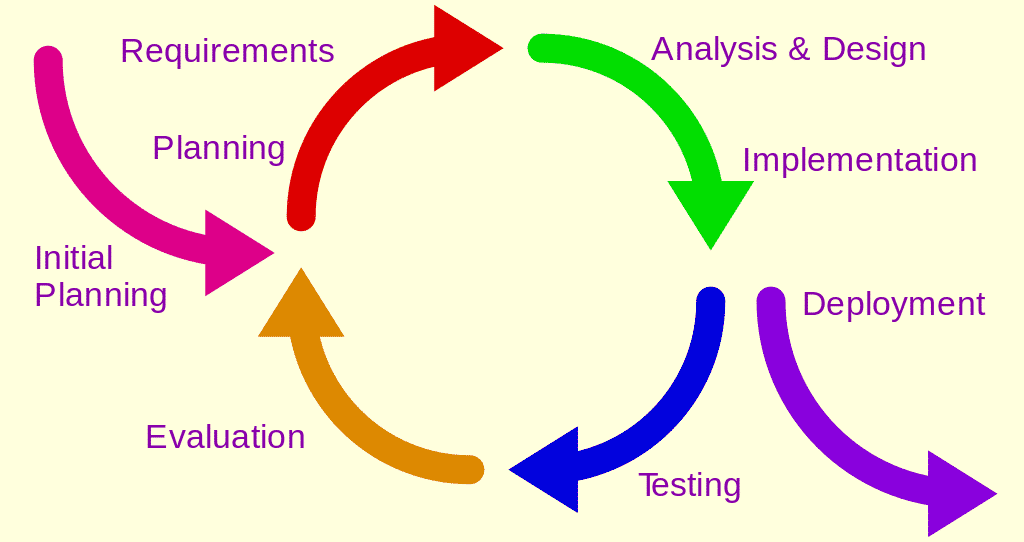Design And Development Practices In Agile Projects
These strategies are critical for scaling agile software development to meet the real world needs of modern it organizations.

Design and development practices in agile projects. Softwares were checked in order to determine whether they functioned perfectly. Through agile iterative development bigger projects are broken down into smaller chunks and continuous tests are done in repetitive cycles. Lets take a look at the 5 stages of the agile system development life cycle sdlc. This article overviews design strategies for agile software development teams.
Complemented with the twelve principles of agile software the philosophy has come to be a universal and efficient new way of managing projects. Agile methodologies take an iterative approach to software development. 5 stages of the agile life cycle 1. This allows multiple agile teams to develop consistent experiences across our product families.
The first stage in the life cycle of agile software development. Our design guidelines not only cover the elements of visual design they also encapsulate our values in user experience design. Putting it into practice on your project is another matter. And as mentioned above we include developers and product owners in the design process.
It is important to understand. Through this practice agile teams get a perspective on new features that need to be added to the final product or service and contributes towards more flexible product development. Empathize in sprint 0 or before the agile sprints begin. Often referred to as the inception or envision phase this initial stage is about discussing the project vision and the roi justification.
How to balance agile process with design strategy. Softwares were programmed based on the plans. Youre juggling timelines teams clients and unique deliverables. Here are some best practices and ideas for employing design thinking on an agile project.
Moreover traditional employee training and development teams take an average of 100 hours to create each elearning course. Unlike a straightforward linear waterfall model agile projects consist of a number of smaller cycles sprints. The next phase was the design and development planning process. The agile approach to design is very different than the traditional approach and apparently more effective too.
The first step was to analyze the problem and write a specification. The first step is to empathize with your target user by doing user research so if you havent gotten out of the building and observed or spoken to your target user in a while then. In a traditional plan driven environment aka waterfall a developer might be able to sit in hisher cube with their headset on listening to some cool tunes. Most of the time testing included only functional testing.
It has a backlog and consists of design implementation testing and deployment stages within the pre defined scope of work. Then they were tested. After identifying such issues in previous projects the importance of including people with project competencies and experience in agile methodology in the development team is obvious. Managing custom elearning projects can be challenging.
The projects were previously organized in a linear way. As the full team works together using the atlassian design guidelines developers.






